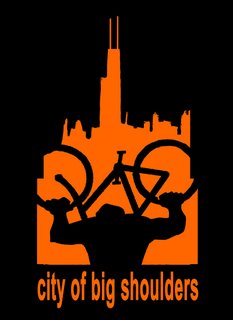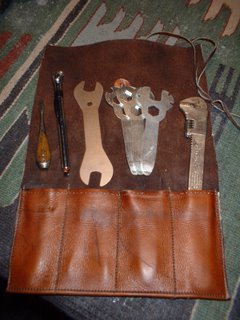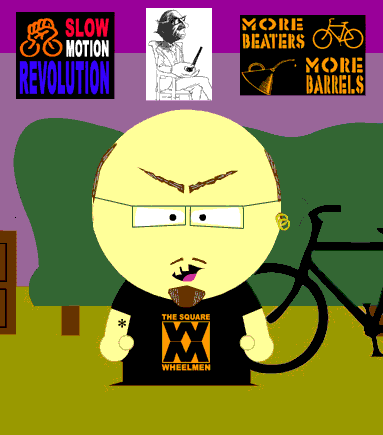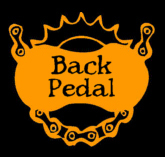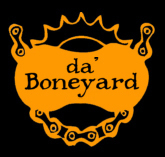
This was everyone's
assumption as to what the outcome would be, including Hillary and her erstwhile hubby. It was supposed to be her who, like Moses, would be forbidden by G-d to enter Zion. And Obama, filling in for
Joshua, would waltz into the
Land of Milk & Honey.

I'm borrowing the biblical metaphor in part because it's noticeably cropped up a number times in
Obama's campaign
speeches. Last March at the
45th Anniversary of the Selma Voting Rights March he
referred to
Dr. King and his followers as the
Moses Generation.
I stand on the shoulders of giants. I thank the Moses generation; but we've got to remember, now, that Joshua still had a job to do. As great as Moses was, despite all that he did, leading a people out of bondage, he didn't cross over the river to see the Promised Land. God told him your job is done.

Obama then went on to declare that his generation; too young to have taken an active part in the early
Civil Rights Movement, is ready to move forward.
The previous generation, the Moses generation, pointed the way. They took us 90% of the way there. We still got that 10% in order to cross over to the other side. So the question, I guess, that I have today is what's called of us in this Joshua generation? What do we do in order to fulfill that legacy; to fulfill the obligations and the debt that we owe to those who allowed us to be here today?

In my mind,
The Joshua Generation is the more appealing face of
The Jones Generation. As I've
written before, all of us born between the
60s and
X Generations have been waiting our turn to change the world. Although
Obama is better known for successfully tapping into the
youth vote I think he is trying to offer us
Joneses the opportunity to become
Joshuas.

Whether it works or not,
Hillary is taking this challenge seriously. On the one hand, she's countered with her own offer to us
Joneses based on her credentials as a bone fide representative of the
60s Generation. On the other, she's
asserted that the Obama is no
Joshua to
Dr. King's
Moses. In fact, it wasn't
Dr. King who achieved the dreams of the
Civil Rights Movement anyway. It was
LBJ, who successfully passed the
1963 Voting Rights Act. And who better to be an
LBJ (or perhaps a JFK) than
Hillary?
 Hillary'
Hillary's rhetorical
jujitsu would be bad enough if it weren't for the strange feeling I'm getting that something very much like it has happened before.
Jeff Greenfield, who writes for
Slate,
points to the aftermath of the
1984 New Hampshire Democratic Primary.
Former Vice President Walter Mondale went into the New Hampshire primary with the biggest lead in the polls of any nonincumbent ever; he left New Hampshire with a 10-point loss at the hands of Sen. Gary Hart's "New Ideas" campaign. The scent of the loser hung all over Mondale, and further losses in other New England states pointed to an imminent collapse. But the very newness of Hart, and his scornful dismissal of Democrats' New Deal-Great Society heritage ("We're not a bunch of little Hubert Humphreys" he once said), gave Mondale the chance to rally traditional party constituencies. Black politicians in Alabama and Georgia gave him desperately needed victories. Big city machines and labor unions in Illinois and New York helped win him primaries that put him back on top.
Mondale struck gold during a March primary debate when, echoing a tagline from a popular ad of the day, he said to Hart, "When I hear your new ideas, I'm reminded of that commercial: 'Where's the beef?' " And press scrutiny of the new guy revealed that Hart had fibbed about his age, and changed his name and even his handwriting. In the end, the combination of Mondale's appeal to the base and Hart's transformation from new to suspect proved the difference. (The next time he campaigned for the presidency, in 1988, Hart needed no help to self-destruct—reports of his affair with Donna Rice did the job.)
 Greenfield suggests that this time around Hillary would do well to turn Obama, the agent of change, into the wet behind the ears whippersnapper who scorns the more mature, measured leadership she can provide the Democratic Party. Then all she has to do is wait for the media to zero in on their new target.
Greenfield suggests that this time around Hillary would do well to turn Obama, the agent of change, into the wet behind the ears whippersnapper who scorns the more mature, measured leadership she can provide the Democratic Party. Then all she has to do is wait for the media to zero in on their new target.
And I liked thinking of myself as a Joshua %(
Labels: Election 08, GenJONES, serious shit
 Last Friday's mass in The Windy City got off to a chilly start with somewhere around 300 bikers. It wasn't all that cold but cold enough to keep the presence of Chicago's Finest to a minimum. The two bike cops who started out with us peeled off after 30 minutes.
Last Friday's mass in The Windy City got off to a chilly start with somewhere around 300 bikers. It wasn't all that cold but cold enough to keep the presence of Chicago's Finest to a minimum. The two bike cops who started out with us peeled off after 30 minutes. It was also the quickest mass I've been on. Not because of the cold. Rather our goal was to hook up with The Polkaholics. Each January we roll to wherever this punk polka band is playing. This year it was up in my 'hood at the Lincoln Square Lanes, our local bowling alley. What could be better than music that's hot as a grilled kielbasa & crunchy as a potato pancake?
It was also the quickest mass I've been on. Not because of the cold. Rather our goal was to hook up with The Polkaholics. Each January we roll to wherever this punk polka band is playing. This year it was up in my 'hood at the Lincoln Square Lanes, our local bowling alley. What could be better than music that's hot as a grilled kielbasa & crunchy as a potato pancake? The band even performed a new song about Critical Mass. So we drank, we danced, we sang, and we bowled. PirogiJohn even got into the spirit with his succulent bike attire.
The band even performed a new song about Critical Mass. So we drank, we danced, we sang, and we bowled. PirogiJohn even got into the spirit with his succulent bike attire.








